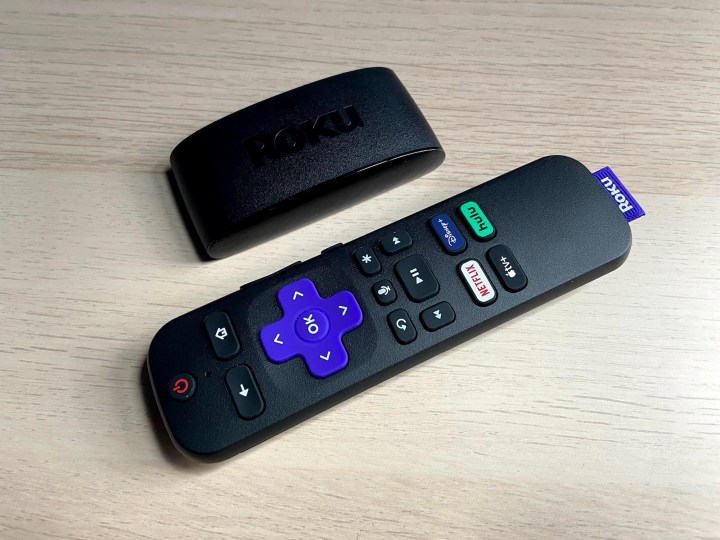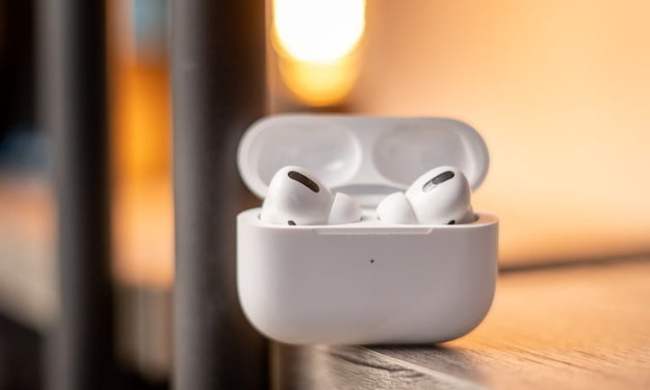Roku delivers a home theater hub from connected Roku TVs, soundbars, and their fantastic streaming devices. Between them, you can find some of the most affordable and versatile options for scrolling through movies, TV shows, music, games, Roku exclusives, and more.
It isn't all about exclusivity either. Roku has branched out, integrating compatibility with interactive tools like Apple AirPlay2. If you own an iOS device or a Mac computer, you might be wondering just how well your Roku hardware will work with your existing devices. Whether you've been using AirPlay previously or you're just checking it out for the first time, we've got all the details for you here. Let's take a look.

Make sure your hardware is compatible
While most Roku TVs and players support AirPlay, there are a few straggler models that didn’t make the cut. Fortunately, Roku has broken down exactly which hardware is ready-set for AirPlay 2 handshaking. Ideally, your Roku gear should be running on Roku OS 9.4 or higher for the best AirPlay 2 support.
In terms of your Apple hardware, you’ll want to make sure your iPhone, iPad, or iPod Touch are running iOS 12.3 or later. If you’re doing your casting with a MacBook or iMac, you’ll need to be running MacOS Mojave 10.14.5 or later.
Getting your connections straight
In order for AirPlay 2 casting to work, your Roku and Apple product must be on the same Wi-Fi network. Confirm this by checking the network settings of both devices.
Everything checks out? Next, you’ll want to make sure that your Roku is ready to be cast to.
Step 1: Fire up your Roku. On the home screen, navigate to Settings.
Step 2: Scroll down to Apple AirPlay and HomeKit and select it. This will enable AirPlay and HomeKit on your Roku device.

Choose your content to cast
Depending on what source you’ll be using AirPlay 2 through (Netflix, Hulu, Spotify, etc.), the actual button to begin casting will vary based on the content. For example, the iOS Amazon Prime Video app has the AirPlay 2 button at the top-right corner of your chosen film or show.
Step 1: Look for a small rectangle with an up arrow beneath it. Once you tap the Cast button, you’ll be prompted to select the device you want to stream to. Select your compatible Roku and watch as your episode of The Boys gets beamed from your mobile to your TV screen.
Step 2: For Apple Music subscribers, the AirPlay 2 button is located directly below the play/pause command deck of the track you’re listening to. The emblem looks a bit different, too. Instead of the rectangle-arrow combo, look for three small circles with an up arrow perched underneath. Select your Roku when prompted to enjoy AirPlay 2 audio from your TV or soundbar.

Step 3: Depending on what app you’re using, an AirPlay 2 button may not be directly available. In these cases, you’ll need to use the app’s built-in casting or share button. For example, after you select YouTube’s casting button, you’ll be prompted to select AirPlay 2 as your casting means. In other cases, you may need to tap the Share icon on your iOS device or Mac to bring up the option for AirPlay casting.
Mirror your device display to your TV
In addition to casting content from audio and video applications, you can also mirror the entire screen of your iOS device or Mac hardware using AirPlay 2.
Step 1: If your hardware of choice is an iPhone or iPad, swipe down from the top-right corner of the screen to bring up the device’s Control Center.
Step 2: From the options on-screen, select Screen Mirroring, then choose your compatible Roku device. You may then be prompted to enter an access code, courtesy of your Roku gear. Enter in the number displayed on your TV screen, then watch as your entire mobile display gets cast to your TV.

Step 3: For desktop hardware, the option to AirPlay is nestled in the MacOS Control Center, located at the top-right corner of the screen (the icon is two toggle bars). Choose the icon, then select Screen mirroring, then select your compatible Roku device. Enter the TV screen code if one pops up. Your desktop screen should then be cast to your TV. That’s all there is to it.




